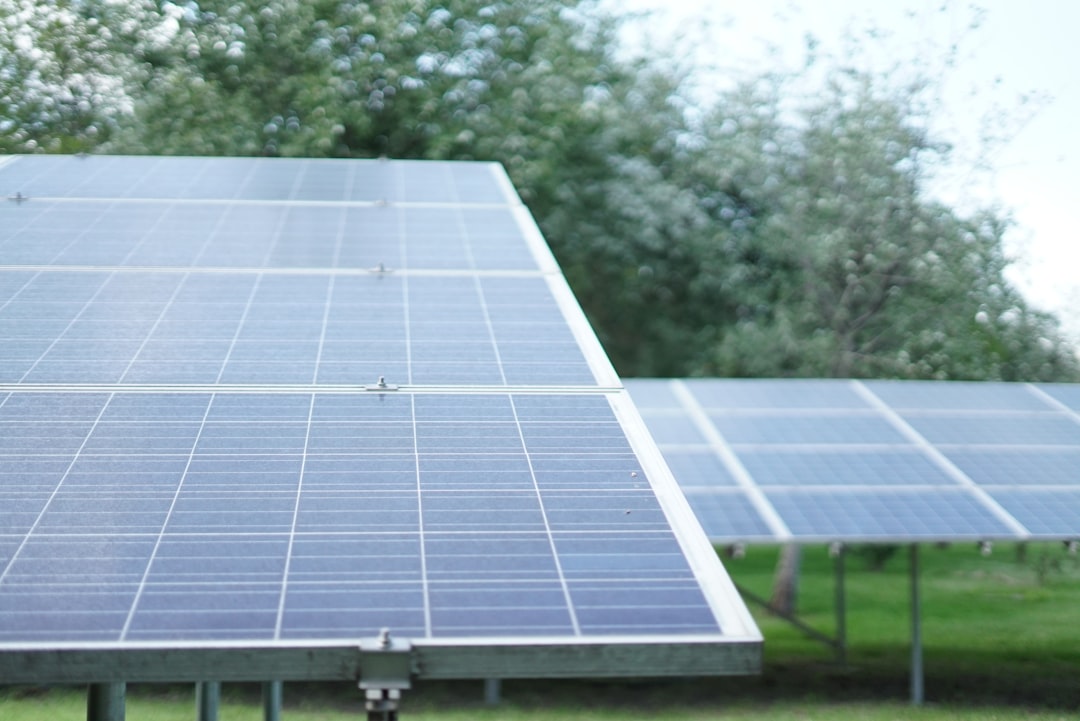What is it about?
The separation behavior of platinum and palladium from chloride solution by solvent extraction using Alamine 300 as an extractant has been studied. The effect of different parameters such as HCl concentration in feed solution, NaCl concentration, extractant concentration, platinum and palladium concentrations in the feed solution and stripping behavior using different stripping reagent such as sodium thiocyanate and thiourea have been studied. Using saturated solution of sodium chloride at pH 1.5, platinum was extracted as major selective component along with minor amount of palladium co-extraction. By adding saturated solution of NaCl in aqueous phase depression of palladium extraction could be achieved. In an another study in absence of NaCl using 0.5 M HCl the extraction behavior of both the metals were studied. Selective striping of platinum using sodium thiocyanate and palladium using sodium thiosulfate were achieved. The pure platinum of 99.9% purity can be obtained even very dilute solution by this process.
Featured Image
Why is it important?
The separation behavior of platinum and palladium from chloride solution by solvent extraction using Alamine 300 as an extractant has been studied. The effect of different parameters such as HCl concentration in feed solution, NaCl concentration, extractant concentration, platinum and palladium concentrations in the feed solution and stripping behavior using different stripping reagent such as sodium thiocyanate and thiourea have been studied. Using saturated solution of sodium chloride at pH 1.5, platinum was extracted as major selective component along with minor amount of palladium co-extraction. By adding saturated solution of NaCl in aqueous phase depression of palladium extraction could be achieved. In an another study in absence of NaCl using 0.5 M HCl the extraction behavior of both the metals were studied. Selective striping of platinum using sodium thiocyanate and palladium using sodium thiosulfate were achieved. The pure platinum of 99.9% purity can be obtained even very dilute solution by this process.
Perspectives
After optimizing the process the following conclusions can be made. (i) Separation of platinum and palladium by solvent extraction can be achieved using Alamine 300 two different ways depending upon selectivity of metal ions in combination with suitable and selective strippant. (ii) By adding saturated solution of NaCl in aqueous phase depression of palladium extraction could be achieved, which is adding originality to our investigation. (iii) The crucial stripping problem in the separation study of platinum and palladium in which the platinum can be overcome by the proposed process. Platinum can be stripped selectively using NaSCN. (iv) The palladium can selectively be stripped using thiourea in presence of HCl, prior to platinum stripped loaded organic phase. (v) In absence of NaCl in aqueous phase, using 0.5 M HCl, 0.005M Alamine 300 optimum extraction of palladium can be achieved, subsequently both pure palladium and platinum can be obtained managing the selective stripping. (vi) In presence of saturated solution of NaCl in aqueous phase, using 1.5 of pH in feed, 0.005M Alamine 300 optimum extraction of palladium can be achieved, subsequently both pure palladium and platinum can be obtained managing the selective stripping. (vii) Pure platinum about 99.99% purity and 98 % pure palladium can be extracted by this process.
Dr Basudev Swain
Institute for Advanced Engineering (IAE)
Read the Original
This page is a summary of: Separation of platinum and palladium from chloride solution by solvent extraction using Alamine 300, Hydrometallurgy, July 2010, Elsevier,
DOI: 10.1016/j.hydromet.2010.03.013.
You can read the full text:
Contributors
The following have contributed to this page










